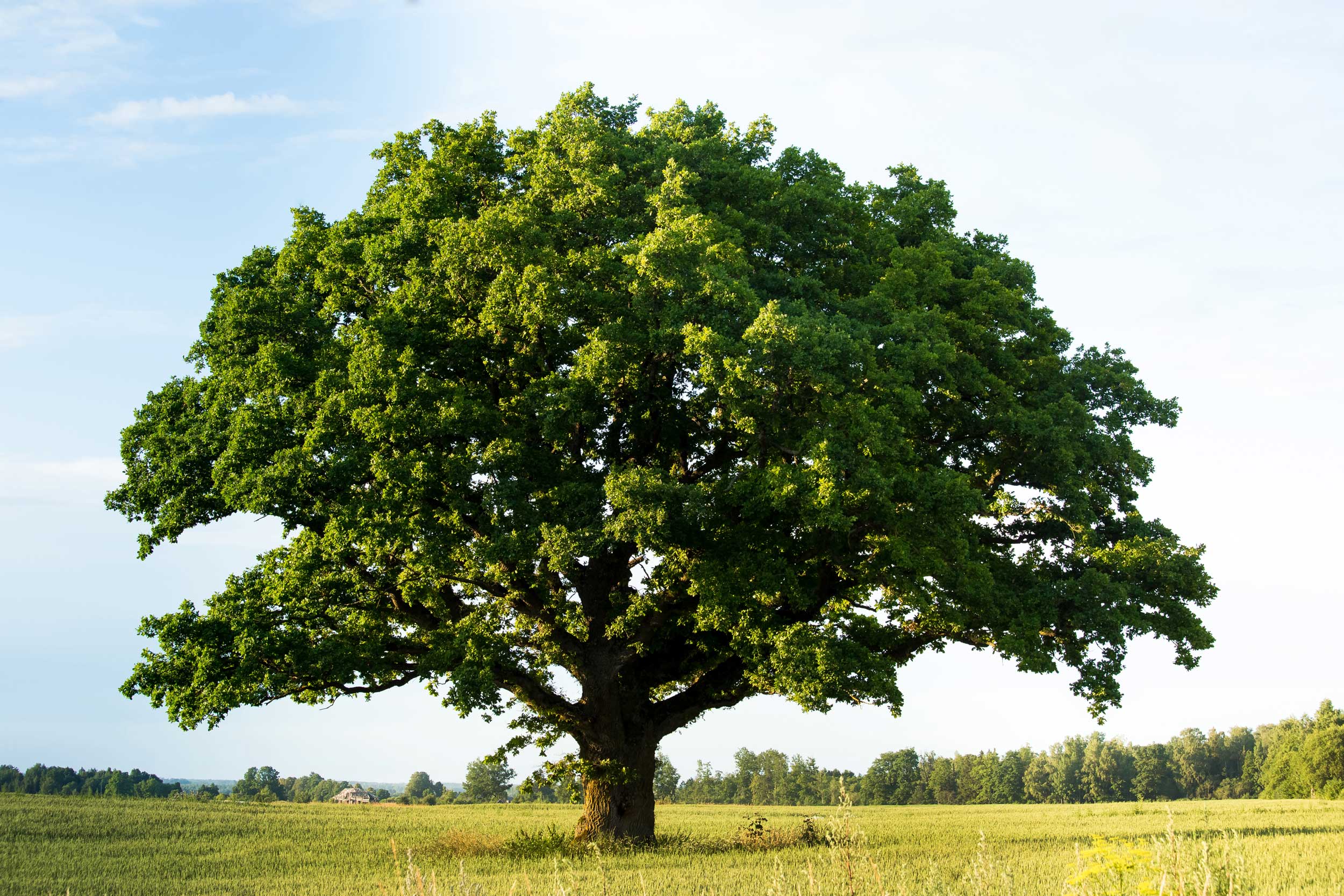
Daane Labs designed our mold reports to be understandable by everyone from highly-specialized industrial hygienists who take mold samples to homeowners with allergies and questions. Our hope here is that regardless of where in that spectrum you fall, this blog will help you understand that report a little bit better. If you’re looking at a Daane Labs mold report and have some questions about the Background, this one is for you. But before we get into that, you’ll need to know a bit more about how exactly your mold samples are collected and analyzed.
Samples are collected by using a pump to pass a known amount of air over an adhesive surface inside a disposable device called a “cassette”. As the air is pumped through the cassette and over the adhesive surface, the particulates in the air get stuck to the adhesive. These samples are given to the lab for processing, where we open the cassette and use a microscope to look at that adhesive surface where all of the particulates have gotten stuck. We count and identify the mold spores on the adhesive, but there’s usually a lot more than just mold in each sample.
All that other “stuff” in the sample is better known as the Background, and we assign a value to give you an idea of how much “stuff” is in the sample. Short of some extraordinary event that severely impacts outdoor air quality, such a wildfire or nearby building demolition, the Background of outdoor samples is typically pretty low and does little to impact the analysis. The Background of indoor samples, however, can vary greatly from room to room within the same house and frankly, it’s what we get the most questions about. So let’s get into it.
The Background of indoor samples is usually composed of the typical components of house dust: human skin, pet dander, insect fragments, fibers from clothing, etc. The value of the Background directly correlates to the amount of “stuff” in the sample: 1 indicates there are almost no particulates in the sample and 5 indicates that the sample has essentially been overrun by particulates. So what does that mean? We’ll use an analogy we’ve leaned on for years to explain why the Background matters and how it impacts your test results.
Imagine you are looking at an old oak tree, full of large branches and lush leaves. You are asked to count the number of birds in the tree. You could probably count the birds on the lower branches, maybe some of the birds sitting right on the outside of the tree. But you could assume there are birds in the tree that are hidden by the branches and leaves that you are unable to count. So even if there are 100 birds in that tree, maybe you can only see 8 or 12 of them. Compare that to counting the birds in a dead tree with no leaves and only a handful of branches. You could probably see just about every bird in that tree and you would be more confident in that bird count, right?
Similarly, we can see just about every single spore in a sample with a low Background and we can make the assumption that we cannot see every single spore in a sample with a high Background. This is called a negative bias and it increases as the Background value increases. This doesn’t mean that a report with a high Background is wrong or that the lab report is any less useful… not at all. The Background simply aids the investigator in determining how to interpret the report and next steps. The investigator may have the expertise and project-specific knowledge to apply the data to that project, or they may decide to collect additional samples. While Daane Labs staff is always more than happy to provide insight into the data within the report, interpreting how a high Background impacts next steps is left to the investigator who collected the samples, such as a building inspector or mold assessor.
